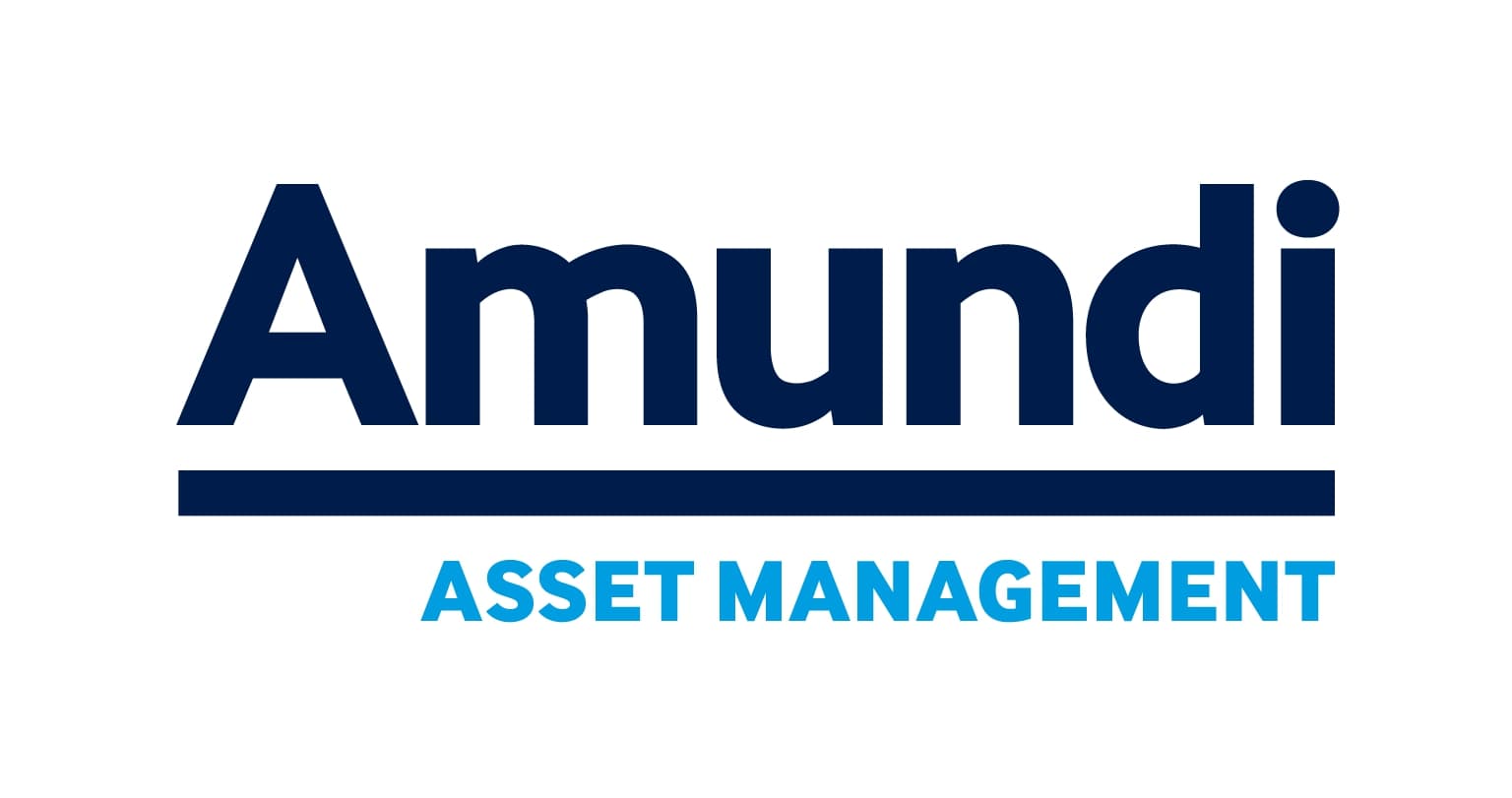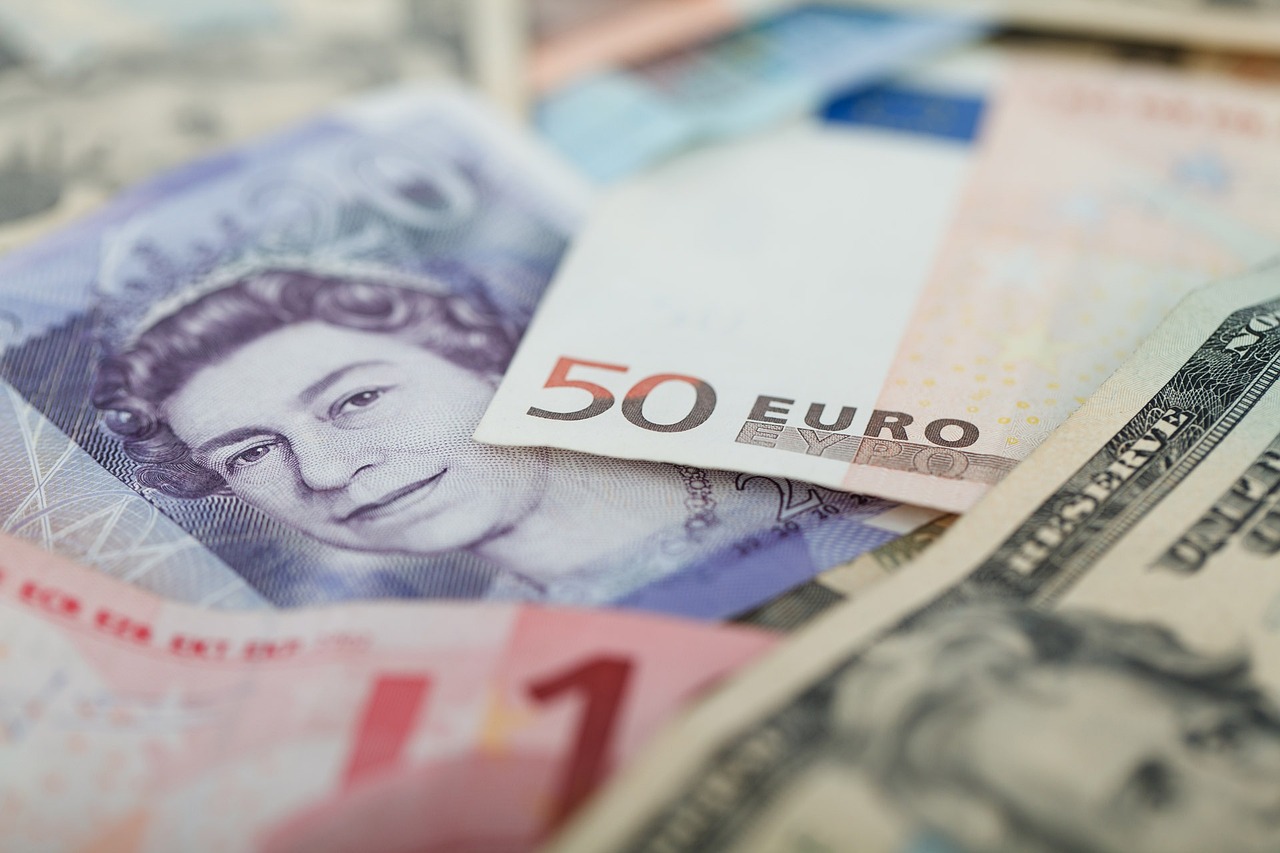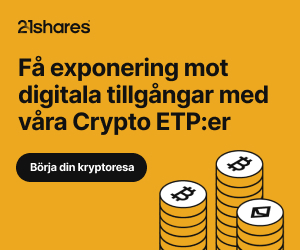ETF Securities Fixed Income Research – Don’t sell your long duration bonds
Highlights
- We expect a gradual flattening of the US Treasury yield curve, providing grounds for holding long duration bonds.
- The major source of bond returns have come from coupons, not capital gains over the past seven years.
- Greater bond portfolio convexity gives the best returns in a volatile interest rate environment.
Global yields are picking-up
Global yields have bounced back from extremely low levels as expectations intensify about major central banks unwinding quantitative easing and normalising monetary policy. The shifting tone from central bankers in the western developed world has been driving a two-week global sovereign bond rout. In June and early July, global government bond yields rose by 25bps on average.
(click to enlarge)
The CFTC futures data shows net short speculative positioning at the front-end and net long speculative positioning at the long-end of the US yield curve, suggesting that investors are not yet convinced that economic conditions are improving to a point that drastically changes the GDP and inflation outlook. Additionally, the net long positions on the 10-year US Treasury notes is extreme: it has reached levels last seen in 2007.
(click to enlarge)
The Fed’s previous monetary tightening cycles have coincided with low asset price volatility and a bear flattening of the Treasury yield curve (short-end yields rising at a faster rate than the long-end). The 10yr – 2yr Treasury yield spread has already collapsed by 190bps since the end of the financial crisis and volatility is extremely low.
(click to enlarge)
The gradual pace of interest rate increases should place greater upward pressure at the front-end of the yield curve relative to the long-end. We believe the subdued inflation outlook coupled with the structural demand for long-dated bonds will partly offset the upward pressures on the long-end caused by the unwind of quantitative easing policies and the normalisation of central banks’ balance sheets. Thus, we expect a gradual flattening of the yield curve, with relatively low impact on long duration bonds.
Duration compensation at all-time low
Duration is a measure of a bond’s sensitivity to changes in interest rates. While the maturity of a bond is directly related to duration, the coupon rates and interest rates are inversely related to duration. For example, a bond with a duration of 5 would expect to lose roughly 5% if interest rates rose by 1%. A zero-coupon bond has a duration that is equal to its remaining maturity, while a coupon bond has a duration shorter than its maturity.
Typically, the longer the maturity, the higher the duration and the higher the interest rate risk. Bonds with longer duration fall in value with an increase in yields, while shorter duration bonds rise in value with an increase in yields. The average duration of global bonds has expanded after the financial crisis partly due to issuers taking advantage of cheaper long-term financing conditions permitted by extremely accommodative monetary policies worldwide. As a result, the duration risk compensation declined alongside the long-term yields before stabilising at historically low levels.
(click to enlarge)
In a context of rising interest rates, investors generally shift toward shorter maturity bonds or higher coupon bonds in order to reduce the interest rate risk (i.e. duration) in their portfolios. The Fed’s monetary tightening is likely to affect short-, medium- and long-term rates differently, which represents a challenge for bonds investors wanting to adjust duration for rising interest rates. In general, shorter maturity bonds have lower sensitivity to an increase in rates but also have lower coupon returns than longer dated bonds and might not fully compensate for inflation.
However, coupon returns typically represent the main contributor to the bond total return while in comparison capital gains are negligible1, particularly for long-term investors for diversification and income. Overall, adjusting duration is a trade-off between lower capital risk and higher coupon return. Therefore, short duration strategies might underperform long duration strategies in a rising interest rate environment.
Convexity provides returns when volatility rises
Another way of hedging against interest rate risk is through portfolio immunisation strategies where the average bond portfolio’s duration equals investors’ investment horizon. In this strategy, any changes to interest rates will affect both the price and the reinvestment of the coupon payments at the same rate so that the rate of return is fixed over the investment period. Institutional investors, such as pension funds, use them extensively. However, this strategy can be costly as it needs frequent rebalancing.
In the example below, we illustrate that having long duration bonds in an immunised portfolio can actually increase returns despite interest rate fluctuations. We have built two hypothetical immunised portfolios of two bonds with the same credit quality but with different coupon rates, maturity and duration. The portfolio 1 includes two bonds with a duration of 4 and 6 years, while the portfolio 2 includes two bonds with a duration of 4 and 16 years.
Both portfolios have the same average duration of 5 years, which matches our investment horizon. We conducted a static analysis where only interest rates vary around their current level of 2% to see how our two portfolios behave. Our example shows that portfolio 2, which includes a longer duration bond, gives the best returns at any level of yields. In addition, the immunised portfolio with the greater convexity2 – as defined by the curvature of the relationship between the bond price and yield – gives the best return regardless of whether interest rates rise or fall.
(click to enlarge)
As we head into global monetary policy normalisation, interest rate volatility will likely increase which would justify holding bond portfolios with higher convexity.
For more information contact:
ETF Securities Research team
ETF Securities (UK) Limited
T +44 (0) 207 448 4336
E info@etfsecurities.com
Important Information
This communication has been issued and approved for the purpose of section 21 of the Financial Services and Markets Act 2000 by ETF Securities (UK) Limited (“ETFS UK”) which is authorised and regulated by the United Kingdom Financial Conduct Authority (the “FCA”).
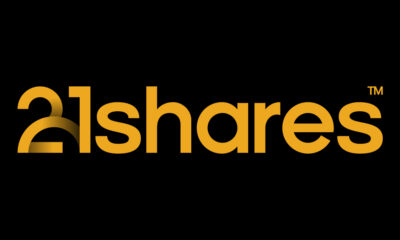
 Nyheter4 veckor sedan
Nyheter4 veckor sedan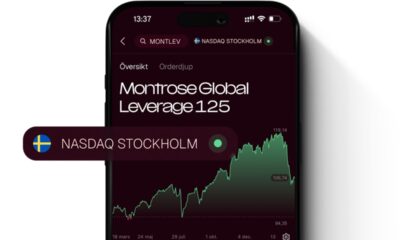
 Nyheter3 veckor sedan
Nyheter3 veckor sedan
 Nyheter4 veckor sedan
Nyheter4 veckor sedan
 Nyheter3 veckor sedan
Nyheter3 veckor sedan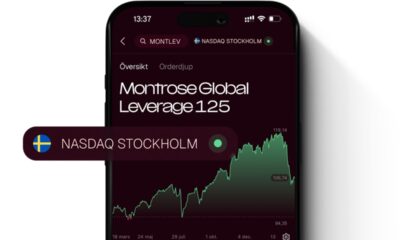
 Nyheter3 veckor sedan
Nyheter3 veckor sedan
 Nyheter3 veckor sedan
Nyheter3 veckor sedan
 Nyheter2 veckor sedan
Nyheter2 veckor sedan
 Nyheter3 veckor sedan
Nyheter3 veckor sedan




















